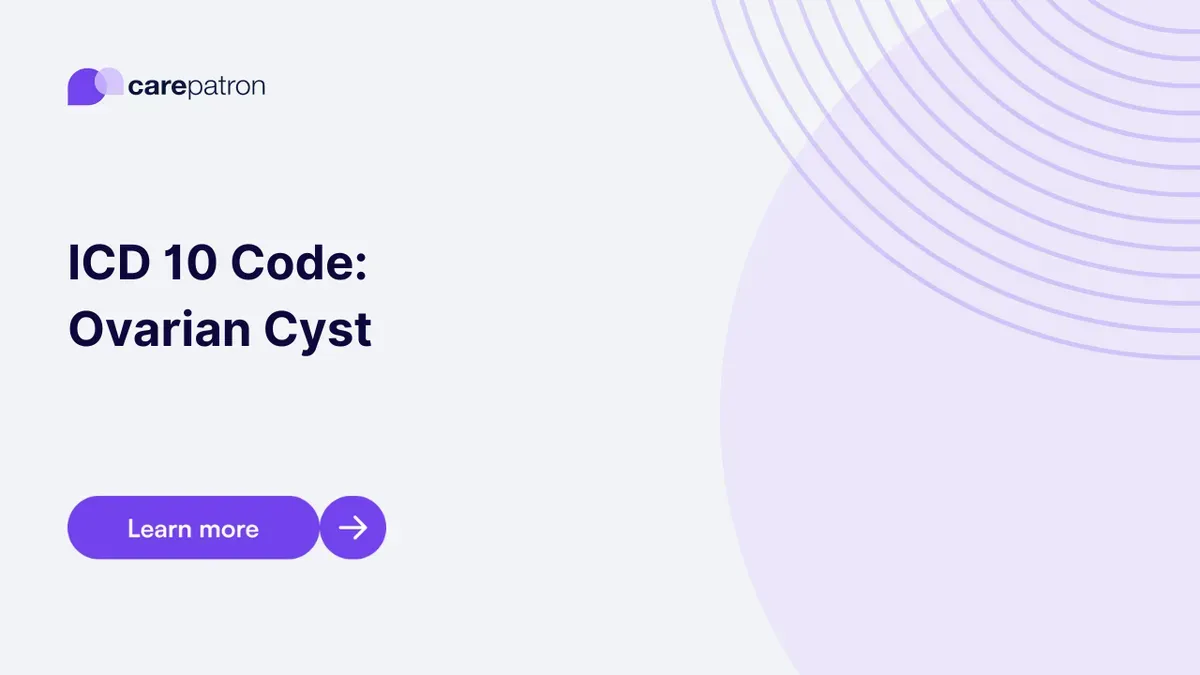
Ovarian Cyst ICD-10-CM Codes
Discover relevant ICD-10 codes used for ovarian cyst diagnosis. Ensure accurate medical coding for proper documentation and billing.
Use Code
Commonly asked questions
An Ovarian Cyst ICD code should be used when documenting and billing for medical services related to ovarian cysts.
Common treatments include monitoring, medications, and surgical interventions based on the type and severity of the cyst.
A diagnosis code for Ovarian Cyst provides a standardized way to communicate the presence and type of ovarian cyst for medical billing and documentation purposes.
EHR and practice management software
Get started for free
*No credit card required
Free
$0/usd
Unlimited clients
Telehealth
1GB of storage
Client portal text
Automated billing and online payments
